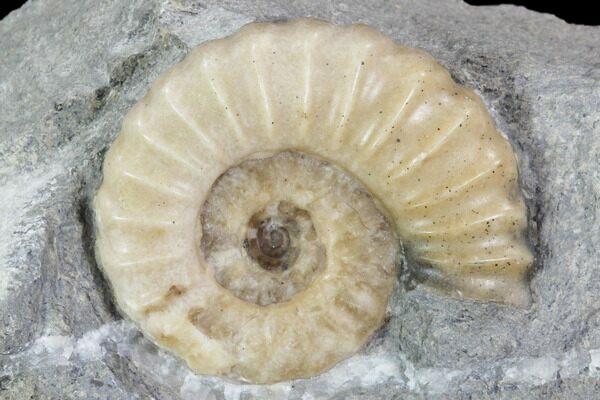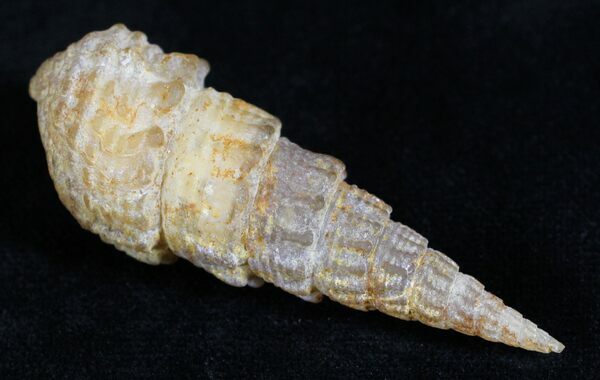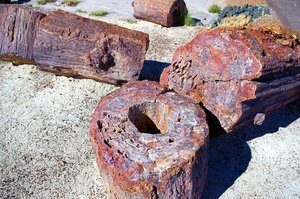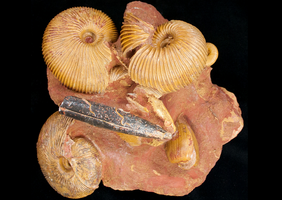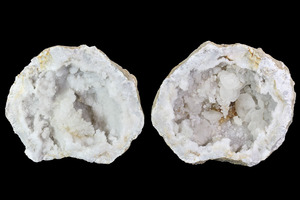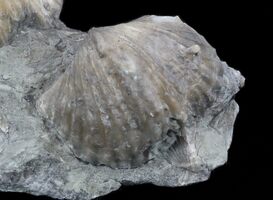What are agatized fossils?
The term “agatized” is generally used to describe a fossil that has been replaced with chalcedony, a microcrystalline form of quartz. This happens through a process known as permineralization in which mineral rich groundwater seeps in and replaces the organic tissues of the plant or animal with silica, forming a crystal cast. This is a fairly common type of fossilization, and nearly all petrified wood is formed in this manner.
The term agatized is also used when a fossil has hollow spaces, that have been filled with chalcedony rather than just the organic material being replaced. This is common in shells such as gastropods, clams and ammonites where the soft parts decay leaving a cavity inside of the shell.
Agate refers to any form of chalcedony that is translucent, though the term “agatized” is frequently used even when the resulting chalcedony is opaque.
The term agatized is also used when a fossil has hollow spaces, that have been filled with chalcedony rather than just the organic material being replaced. This is common in shells such as gastropods, clams and ammonites where the soft parts decay leaving a cavity inside of the shell.
Agate refers to any form of chalcedony that is translucent, though the term “agatized” is frequently used even when the resulting chalcedony is opaque.
 Reviews
Reviews
